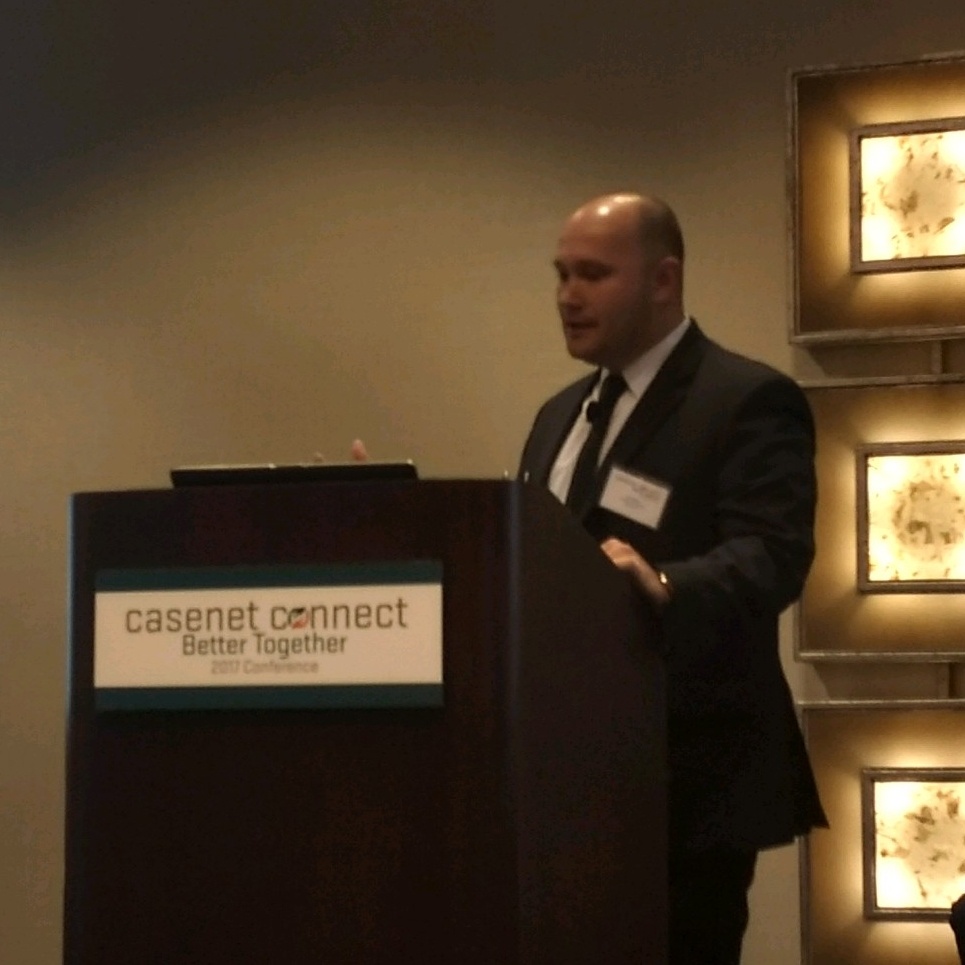The first post in this series described how the question “Where is my member?” launched our journey into interoperability. Focusing in on the data most needed by our health plan customers, we targeted an automated alert system that notified care managers when their patients had been admitted, discharged or transferred in real-time within a hospital system.
For the technical team, however, dozens of follow-up questions emerged around compatibility, data governance and long-term sustainability. What does it take to move data from one disparate system to another? And, what would the data look like when it got there?
During a large-scale integration, small data glitches can result in significant discrepancies. AHIMA estimates, for example that 8 to 12 percent of EHR records are duplicates—a process that can easily happen when fields aren’t mapped properly, and which can cost as much as $1,000 per record to resolve. [1] A small coding difference, similarly, could mean that a hospitalization for pregnancy and delivery on one end of the data exchange becomes a hospitalization for drug dependency on the other end.
Interoperability, then, involves not only securing a connection between two systems but in reconciling the data and planning for the future. To create the ADT notification system for our clients, we built the TruCare Linx module, which captures the ADT messages that are generated by every EHR system and translates them into notes, tasks, authorizations and discharge documentation within the TruCare care management platform. The integration addressed the following key issues:
HL7 Version Compatibility
Although ADT messages are generated by EHRs in the industry-standard HL7 format, health systems are all using different versions. We built backward compatibility into our TruCare Linx integration product so that messages from any of the previous versions would be up-converted to the current version. In addition, many institutions have customized their HL7 messages using Z-segments to add data not covered in the original specifications. Some IT departments have also appropriated segments that were unused by their institution to convey data that may not be in the HL7 specification. TruCare Linx manages these variances.
Business Logic
Translating the HL7 data from a health system into a format that was understandable to a human care manager and aligns to the Health Plans clinical business processes on the receiving end requires the oversight of human data reviewers. Subject matter experts are critical to the integration to ensure first that the most meaningful data is collected in the HL7 alert and then that it’s mapped and imported in a form that’s actionable to the care team. For example, the EMR will generate HL7 admission messages for every patient that walks through the emergency room door. This ED encounter may indicate a worsening, a complication, or an episode of exacerbation for a subset of chronically ill individuals. The health plan’s Utilization Management team is typically able to identify needs for those patients whose encounter results in an inpatient stay. On the other hand, for the volumes of those patients who are discharged from the ED, there is a potential missed opportunity for Care Management intervention at a critical time that may prevent future hospitalizations. Many population health opportunities lie in examining ED encounter data, such as understanding ambulatory-care-sensitive condition encounters; however, encounters such as those are not necessarily relevant for health plan Care Managers who wish to effectively intervene for at-risk chronically ill patients. Sending a high volume of patients for the Care Managers to sort through is a sure way to reduce effectiveness.
Data Governance
Data governance is the capability that enables an organization to ensure that high data quality exists throughout the complete lifecycle of the data. The key focus areas of data governance include availability, usability, consistency [2], data integrity and data security and includes establishing processes to ensure effective data management throughout the enterprise such as accountability for the adverse effects of poor data quality and ensuring that the data which an enterprise has can be used by the entire organization. Given the data exchange needed by the clinical interoperability we have been describing and complex orchestration between disparate systems, data governance is paramount to any clinical integration. With TruCare Linx Health Plans have full transparency to all of the transactions that occur between the connected systems including calls made, data exchanged, message enrichment, availability and data stewardship. This not only allows customers to monitor the health of their data exchange process, but also provides a mechanism for compliance review.
Sustainability
Any technical integration must be managed to ensure that the two connected systems don’t grow apart over time. Leveraging industry standards, we continue to evolve the up-conversion process so that our TruCare Linx product is always compliant with the latest version. Building upgrade management into our process ensures that the data will continue to be passed along correctly and no interruptions will develop between the two systems.
At its core, interoperability is about teamwork—and we are connecting people as much as we are connecting data. In our next post, you will learn how the team at a Minnesota health plan united to achieve their interoperability goal.
This blog post is the second in a multi-part series. Next up: Best Practices for an ADT Integration.

